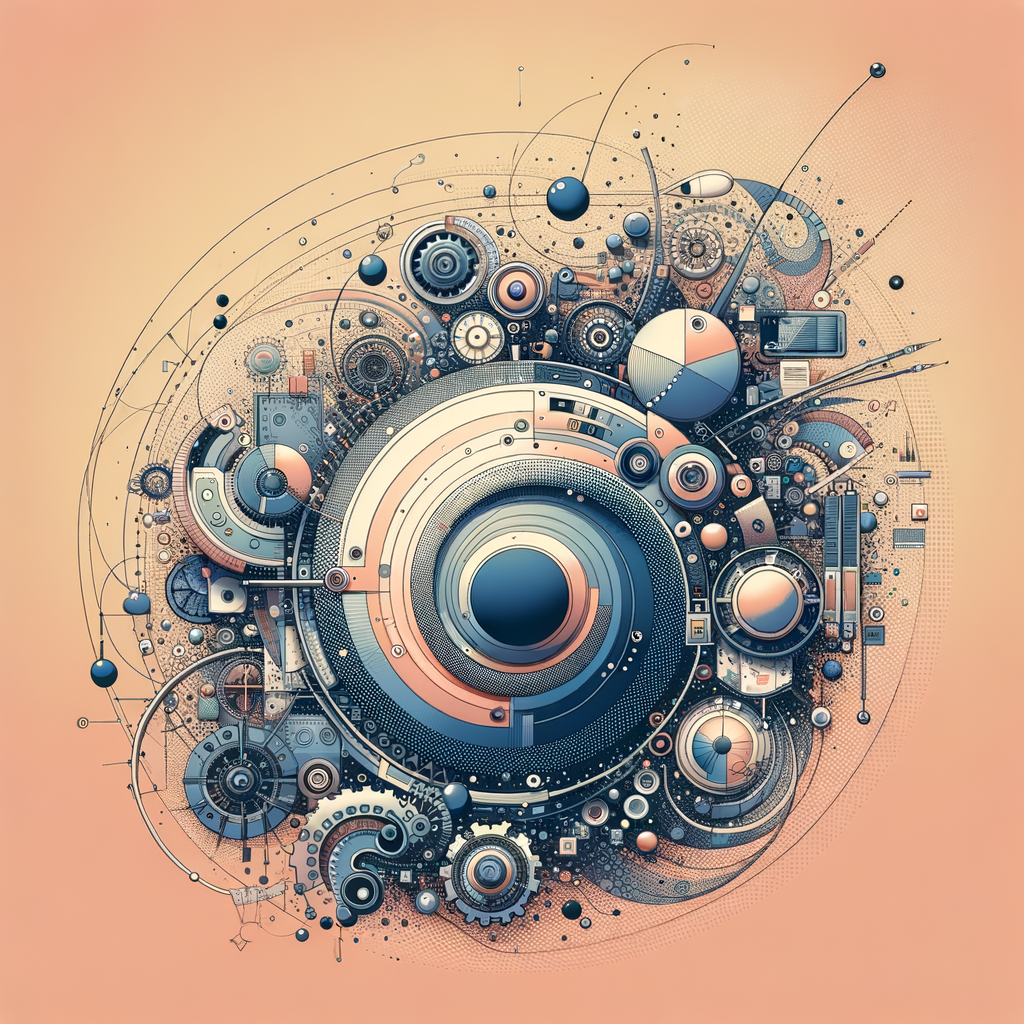
Unveiling the Mysteries of Autogen: Crafting Intelligent Content Generators
Dive into the world of Autogen, a groundbreaking technology in the realm of AI-driven content creation. This blog post explores how Autogen is revolutionizing the way we generate content, its underlying mechanisms, and the future implications it holds for creative industries. Discover the balance between automation and human creativity, and how emerging tools can harmonize this dynamic.
Unveiling the Mysteries of Autogen: Crafting Intelligent Content Generators
In the realm of artificial intelligence, content generation has emerged as a pivotal application, with significant advancements in recent years. At the forefront of this revolution is Autogen, an innovative AI-driven solution designed to automate and optimize the process of content creation. In this blog post, we explore the intricacies of Autogen, its capabilities, underlying technologies, and the potential it holds for redefining creative industries.
What is Autogen?
Autogen, short for 'Automated Generation,' refers to a class of AI tools designed to produce human-like content with minimal input from users. The core idea behind Autogen is to leverage machine learning algorithms to create text, images, and other forms of media that accurately reflect or even surpass human creativity and quality.
Key Features of Autogen
- Natural Language Understanding (NLU): Using advanced NLU models, Autogen tools can comprehend and process human language, enabling them to generate coherent, contextually relevant content.
- Versatility in Media Production: While primarily focused on text, Autogen's capabilities can extend to generating images, videos, and even audio content, making it a versatile tool for various creative needs.
- Customization and Personalization: Autogen systems can be fine-tuned and customized to align with specific content objectives, tone, and style, providing personalized outputs tailored to unique audience segments.
The Technology Behind Autogen
Machine Learning and Neural Networks
Autogen relies heavily on sophisticated machine learning models, particularly neural networks. These models are trained on vast datasets encompassing diverse topics and writing styles, enabling them to learn patterns, structures, and nuances of language.
Generative Adversarial Networks (GANs)
For visual and audio content generation, Autogen often employs GANs. These networks use a two-part architecture to create realistic images or sounds by pitting two neural networks against each other: a generator and a discriminator.
Transformer Models
In textual content generation, transformer-based models, such as OpenAI's GPT series, play a crucial role. These models are adept at understanding context and semantics, allowing Autogen tools to generate highly coherent and context-aware content.
Applications of Autogen
Autogen has a plethora of applications across different industries, each harnessing its potential in unique ways:
- Publishing and Journalism: Streamlining the process of article and report generation, enabling real-time news updates with reduced human intervention.
- Marketing and Advertising: Creating personalized and targeted marketing material, including ad copy, social media content, and promotional materials.
- Entertainment: Innovating content creation in gaming, film, and literature through procedurally generated stories and narratives.
- Education: Assisting in the creation of educational materials, quizzes, and assessments tailored to individual learning paths.
Challenges and Ethical Considerations
With the rise of automated content creation, it is imperative to address the ethical ramifications associated with Autogen technologies:
- Quality Control and Bias: Ensuring the accuracy and objectivity of content is paramount, as bias in training data can lead to skewed outputs.
- Plagiarism and Authenticity: Balancing creativity with originality is essential, as Autogen must create unique content without infringing on existing intellectual property.
- Human Oversight: Integrating human judgment in the content generation process ensures the content aligns with ethical standards and cultural sensitivities.
The Future of Autogen
As Autogen continues to evolve, it promises to redefine the boundaries of creativity and automation. Future advancements may lead to:
- Increased Integration: Seamless integration with other AI tools, enhancing productivity and expanding creative capabilities.
- Enhanced Personalization: More intricate customization options, allowing for hyper-personalized content experiences.
- Collaborative Creativity: Fostering collaboration between human creativity and machine efficiency, leading to new forms of expression and storytelling.
In conclusion, Autogen stands at the vanguard of artificial intelligence-driven content creation. By understanding and leveraging its potential, industries can unlock new opportunities for innovation, creativity, and engagement. As AI technologies continue to mature, the line between human and machine creativity will become increasingly blurred, ushering in a new era of intelligent content generation.